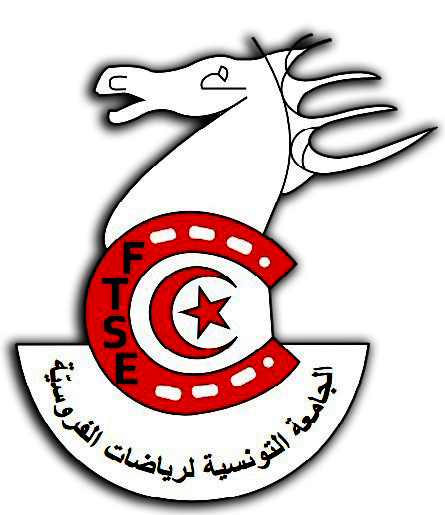
- Détails
- By anouarsgaier
- Discipline Catégorie
- Affichages : 1921
Equestrian tourism is a leisure activity that allows people to explore regions by covering long distances on horseback.
It is not necessary to have an excellent level of riding to practice equestrian tourism. However, complete beginners should familiarize themselves with horseback riding at a local equestrian center for one or two months beforehand to achieve the level known as "comfortable at the three gaits" (walk, trot, and canter), as the common expression goes.
The average duration of an equestrian trek ranges from four to six days.
Equestrian tourism offers several advantages:
- The rider's elevated position on the horse allows for a far-reaching view, often above hedges,
- On suitable terrain, trotting or galloping gaits allow the rider to quickly pass through monotonous landscapes,
- The equestrian traveler is constantly available to observe the scenery; wildlife feels no fear towards the horse, which masks the scent of the rider,
- The rider travels safely on rural paths that allow entry into the heart of a region.
The contact with the horse over several days also provides a unique and enriching experience.


- Détails
- By anouarsgaier
- Discipline Catégorie
- Affichages : 1910
Presentation
Pony Games originated in England in the late 1950s, and its popularity was immediate and widespread. Today, this sport has spread beyond its original borders. Adaptable to all audiences, Pony Games offers an innovative approach to riding, based on play and competition: children are put in a position to learn independently in a fun and stimulating way, with an animal their size and without the risk of feeling overwhelmed. For the instructor, it provides a wide range of teaching methods.
The main focus of Pony Games is competition; technicality is not an end in itself, but rather a means to becoming more proficient. Additionally, the relationship with the animal, integration within a team, and adherence to specific rules promote the development of human qualities such as courage, clarity of mind, sense of responsibility, and respect for others. The primary goal of this discipline is not to replicate a model, but rather to achieve autonomy and ease through play. It is an educational and sportive activity suitable for all children and even adults, particularly well-suited for school environments. Its pedagogical principle aims to create a desire in each rider to learn and to excel in harmony with their pony, in order to contribute to their team's success. Team spirit and a taste for competition are the driving forces behind Pony Games.

- Détails
- By anouarsgaier
- Discipline Catégorie
- Affichages : 2011
Presentation
Dressage is an Olympic equestrian discipline. It is often regarded as the "mother" discipline of other equestrian sports. Dressage riding is a discipline inspired by classical riding, which has evolved over time, influenced by both military and later, sports riding. In fact, no other equestrian discipline is conceivable without first training the horse in dressage.
Dressage is the constant aesthetic art of a movement sought by the rider through their mount. This aesthetic pursuit of movement takes a central role in dressage, where principles such as lightness, relaxation, impulsion, and love are essential to elevate it to an art form.
In competition, the rider must present a pre-mastered test. There are two types of dressage tests: the "imposed" test (an "official" test in which all competitors in the same category must perform the same routine) and the freestyle tests set to music.
The dressage test is a series of manege figures (such as circles, diagonals, leg-yielding, etc.) adapted to the riders' level based on their category, and it takes place in an arena measuring 60 x 20 meters (or 40 x 20 meters depending on the category) marked by rails and letters positioned around the arena.
After the rider performs the manege figures in the pre-determined order, each judge evaluates the quality of the execution and assigns a score from 0 to 10. At the end of the competition, the judges will average the scores given, which are then converted into a percentage to rank each rider.

